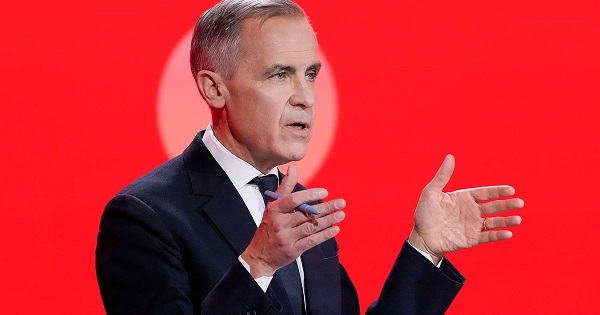DEI
Top Canadian university posts job listing that excludes white heterosexual men
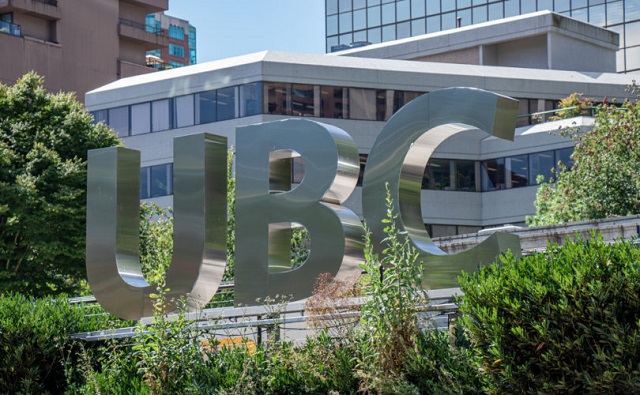
From LifeSiteNews
The University of British Columbia says the new job is ‘restricted to members of the following federally designated groups: people with disabilities, indigenous people, racialized people, women, and people from minoritized gender identity groups.’
One of Canada’s most well-known universities has posted a job opening for a new research chair position but has essentially barred non-homosexual white men from applying for the job.
A recent job posting for the position of “Tier 1 Canada Research Chair in Oral Cancer Research” at the University of British Columbia (UBC) Vancouver campus has explicitly mentioned that those who don’t meet its so-called diversity, equity, and inclusion (DEI) requirements need not apply.
The UBC job posting was published on May 21, and notes that the seven-year contract for the chair role has with it certain “eligibility requirements,” such as candidates having to demonstrate a track record of “supporting equity, diversity, and inclusion.”
According to UBC, the selection for the role will be “restricted to members of the following federally designated groups: people with disabilities, indigenous people, racialized people, women, and people from minoritized gender identity groups.”
This rules out straight white men from applying for the role. UBC uses its Equity, Diversity, and Inclusion Action Plan as well as the B.C. Human Rights Code as validation for its job requirements.
The UBC claims that its current faculty is underrepresented by those who “self-identify” as having a disability, thus it notes that a person from this category is “preferential.”
To ensure that straight white men do not apply for the job, the UBC is also mandating that anyone who applies for the role must first conduct what it calls an “equity survey.”
“Candidates from these groups must self-identify as belonging to one or more of the designated equity groups to be considered for the position,” notes UBC.
According to the UBC, “Equity and diversity are essential to academic excellence.”
“We encourage applications from members of groups that have been marginalized on any grounds enumerated under the BC Human Rights Code, including sex, sexual orientation, gender identity or expression, racialization, disability, political belief, religion, marital or family status, age, and/or status as a First Nation, Metis, Inuit, or indigenous person.”
Musk: Is the even legal?
As news of the UBC job posting spread on social media, X owner Elon Musk chimed in to comment on the matter, writing on June 3, “Is this legal in Canada?” in reply to a sarcastic post from Quebec-based academic Gad Saad mocking the job posting.
“Yes! Oral cancer research has long been dominated by white heterosexual males. Imagine the progress that can be made if the relevant research were conducted by Trans People of Color. Thank you @UBC for your epistemological courage in fighting against the scourge of White Heterosexual Science,” sarcastically wrote Saad on June 3 on X.
In recent years, there has been a notable increase in the promotion of so-called DEI requirements on employers, because of a push for it from the federal government of Prime Minister Justin Trudeau.
Indeed, LifeSiteNews recently reported on how Trudeau’s Liberal government has spent over $30 million DEI affiliated contracts amongst many federal ministries since January 2019.
When it comes to DEI, Musk has been a formidable opponent to the discriminatory hiring practices. In Canada, the only main party speaking out against it is the People’s Party of Canada, under its leader Maxime Bernier. He has been outspoken against radical gender ideology repeatedly over the last few years as well as the COVID jabs and mandates.
In April, he announced a new party policy officially denouncing the so-called DEI agenda, saying it is nothing more than a “fundamentally racist, sexist, and discriminatory ideology” that “divides Canadians.”
Bernier told LifeSiteNews recently that the only way to stop the “radical policies” of the Diversity, Equity, and Inclusion (DEI) agenda – which he calls a combination of “official discrimination against white heterosexual males” and the “promotion of weird mental illnesses” – is for people to fight back against those seeking to undermine “traditional norms and values.”
Business
Publicity Kills DEI: A Free Speech Solution to Woke Companies

For years, major corporations bragged about their wonderful Diversity, Equity, and Inclusion (DEI) programs. They’re good for business and morally correct, they said. So why are they now cutting those programs?
Robby Starbuck says these programs once got a lot of buy-in, because people wanted to be nice! But DEI came to mean much more than just being nice.
Starbuck says what it looked like in practice was “crazy trainings” and “overtly racist hiring practices.” Now lots of people agree with him.
Companies actually take notice when Starbuck tells his many followers about their DEI programs. Often the programs get dropped.
That’s the power of free speech.
After 40+ years of reporting, I now understand the importance of limited government and personal freedom.
——————————————
Libertarian journalist John Stossel created Stossel TV to explain liberty and free markets to young people.
Prior to Stossel TV he hosted a show on Fox Business and co-anchored ABC’s primetime newsmagazine show, 20/20. Stossel’s economic programs have been adapted into teaching kits by a non-profit organization, “Stossel in the Classroom.” High school teachers in American public schools now use the videos to help educate their students on economics and economic freedom. They are seen by more than 12 million students every year.
Stossel has received 19 Emmy Awards and has been honored five times for excellence in consumer reporting by the National Press Club. Other honors include the George Polk Award for Outstanding Local Reporting and the George Foster Peabody Award.
_ _ _ _ _ _ _ _
To get our new weekly video from Stossel TV, sign up here: https://www.johnstossel.com/#subscribe
_ _ _ _ _ _ _ _
Catherine Herridge
How ‘Woke’ Broke The FBI
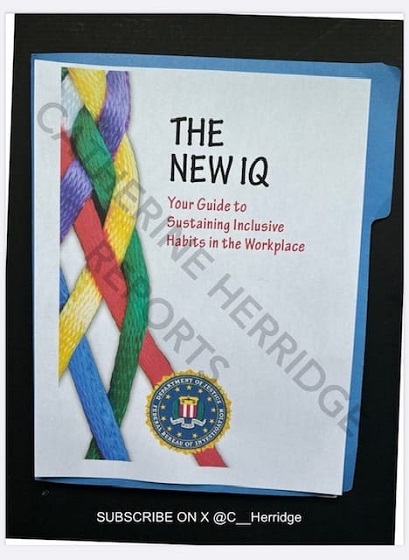
 Catherine Herridge
Catherine Herridge
We Obtain Internal FBI DEI Guide On Managing Unconscious Bias
| TOP LINE |
| An internal FBI inclusivity “Guide,” obtained by our investigative team, counseled agents on “Ways to Manage Your Unconscious Bias,” “Micro-Inequities” and “How to Improve Your Inclusive Intelligence.” |
| “The New IQ: Your Guide to Sustaining Inclusive Habits in the Workplace” was widely shared in mid-2020 and includes nine “tips” to counter unconscious bias. |
|
||||||||||||||||||||||||
|
-
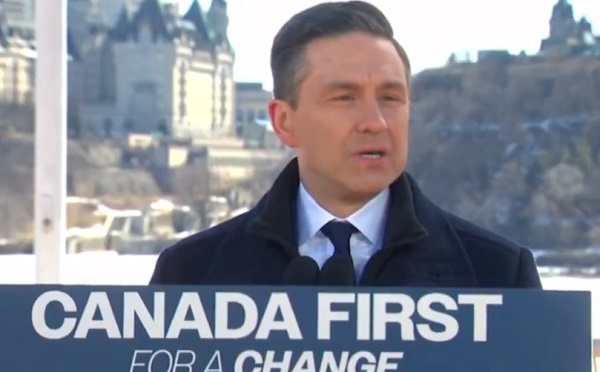
 2025 Federal Election2 days ago
2025 Federal Election2 days agoPoilievre refuses to bash Trump via trick question, says it’s possible to work with him and be ‘firm’
-
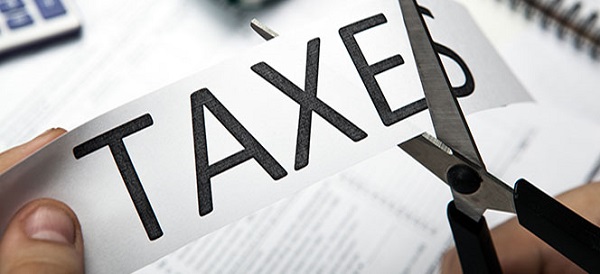
 2025 Federal Election2 days ago
2025 Federal Election2 days agoPoilievre to let working seniors keep more of their money
-

 2025 Federal Election2 days ago
2025 Federal Election2 days agoVoters should remember Canada has other problems beyond Trump’s tariffs
-

 Community2 days ago
Community2 days agoSupport local healthcare while winning amazing prizes!
-

 COVID-192 days ago
COVID-192 days ago17-year-old died after taking COVID shot, but Ontario judge denies his family’s liability claim
-

 Daily Caller2 days ago
Daily Caller2 days agoCover up of a Department of Energy Study Might Be The Biggest Stain On Biden Admin’s Legacy
-
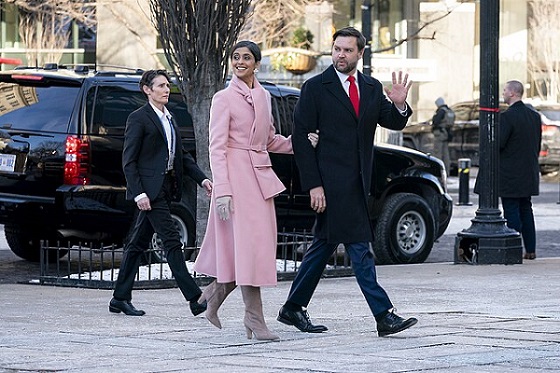
 International2 days ago
International2 days agoVice President Vance, Second Lady to visit Greenland on Friday
-
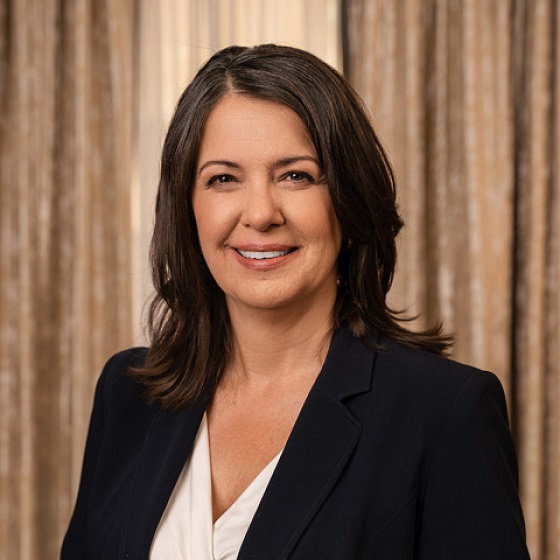
 Business2 days ago
Business2 days agoWhile “Team Canada” attacks Trump for election points, Premier Danielle Smith advocates for future trade relations






